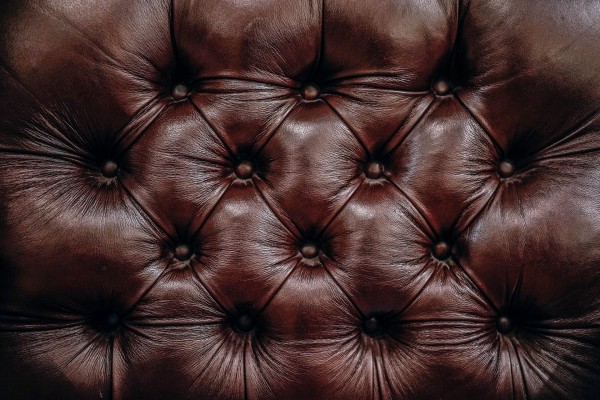In favour of fakery?
Are clients willing to pay more for perfection rather than authenticity when it comes to animal hides?
The superyacht market is a place where perfection reigns supreme. But when it comes to leathers and animal skins, is this an area in design where perfection and authenticity are at odds with eachother?
Elliot Parker, director of sales at luxury game maker Geoffrey Parker, explained that “often, synthetic materials are more expensive than the real animal hides. Because they are essentially a perfect material”, in an exclusive conversation with SuperyachtNews. Naturally occurring imperfections, such as stretch marks or awkward bones to cut around means that a real hide can be less desirable as a result.
Imitation materials have come a long way in the last 10 years, to the point where it’s very difficult to tell between the two, however there is still a certain ‘richness’ that can’t quite be reproduced at this stage. However, for skins which are a little trickier to get hold of and work with, perhaps counterfeit options are becoming a more viable sell in modern interior design.
At the end of last year, Perry van Hitrum, manager of interior engineering at Heesen Yachts told SuperyachtNews, “a stingray skin costs €250 to €350 each and you have only 250 x 100mm net material. Therefore, a large cabinet may require more than 200 skins, and this is only the material cost.” This would mean that per metre of stingray skin, the material cost can range from €4,000 to €10,000. So, the real thing is certainly not always the cheaper option.
Materials such as stingray also have to go through an extensive treatment process to create the correct soft texture, as the natural or untreated hyde is very rough and can even splinter when cut to size. Stingrays also have a small backbone, which again makes the tiny hides a potential nightmare to work with.
Further still, more exotic and potentially endangered skins are quite rightly subjected to substantial regulations from the Convention on International Trade in Endangered Species (CITES), which can further complicate the procurement process.
So, although some may argue the market should stick to authentic materials, opting for counterfeit materials may, in some cases, be the better option. Despite it not always being the cheaper option, the logistical and ethical issues which go into sourcing rarer materials mean that imitation skins could be a more prudent decision.
Click here to become part of The Superyacht Group community, and join us in our mission to make this industry accessible to all, and prosperous for the long-term. We are offering access to the superyacht industry’s most comprehensive and longstanding archive of business-critical information, as well as a comprehensive, real-time superyacht fleet database, for just £10 per month, because we are One Industry with One Mission. Sign up here.




